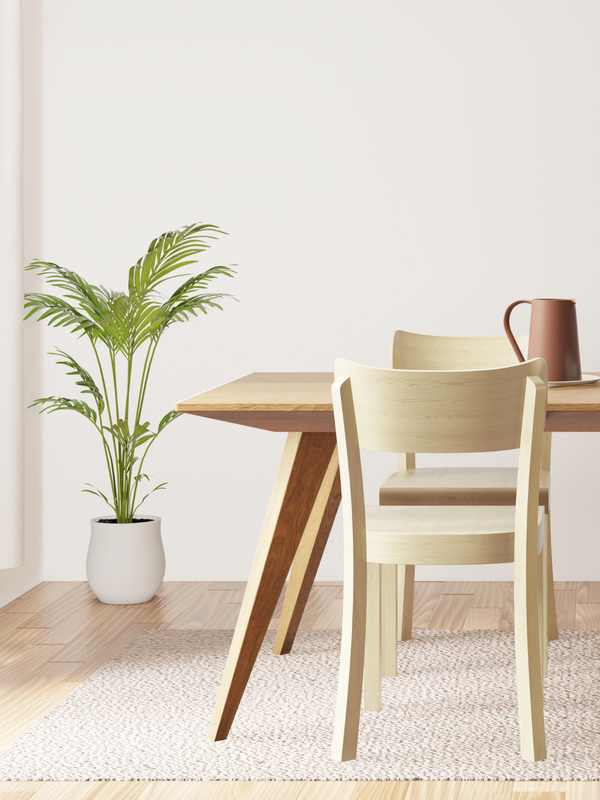Your Cart is Empty
FREE SHIPPING ON ALL STANDARD DELIVERY IN CONTINENTAL US
COVID-19 Update: Please note that deliveries to certain areas of the country may take longer than expected due to the recent policies and regulations put in place.
FREE SHIPPING ON ALL STANDARD DELIVERY IN CONTINENTAL US
COVID-19 Update: Please note that deliveries to certain areas of the country may take longer than expected due to the recent policies and regulations put in place.



